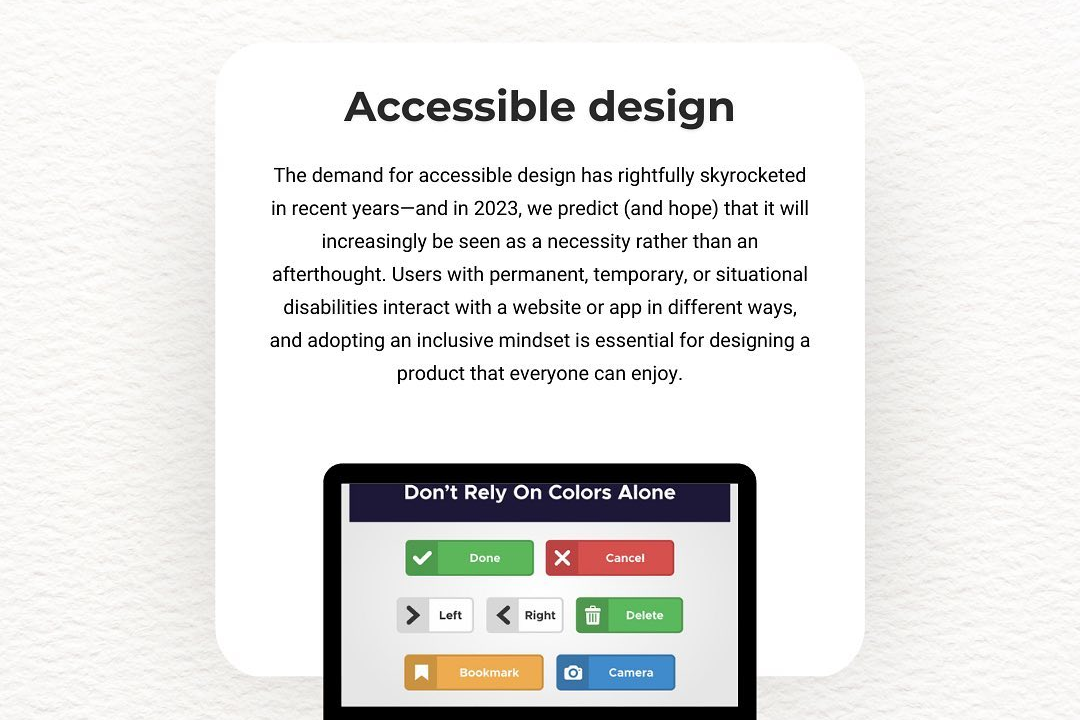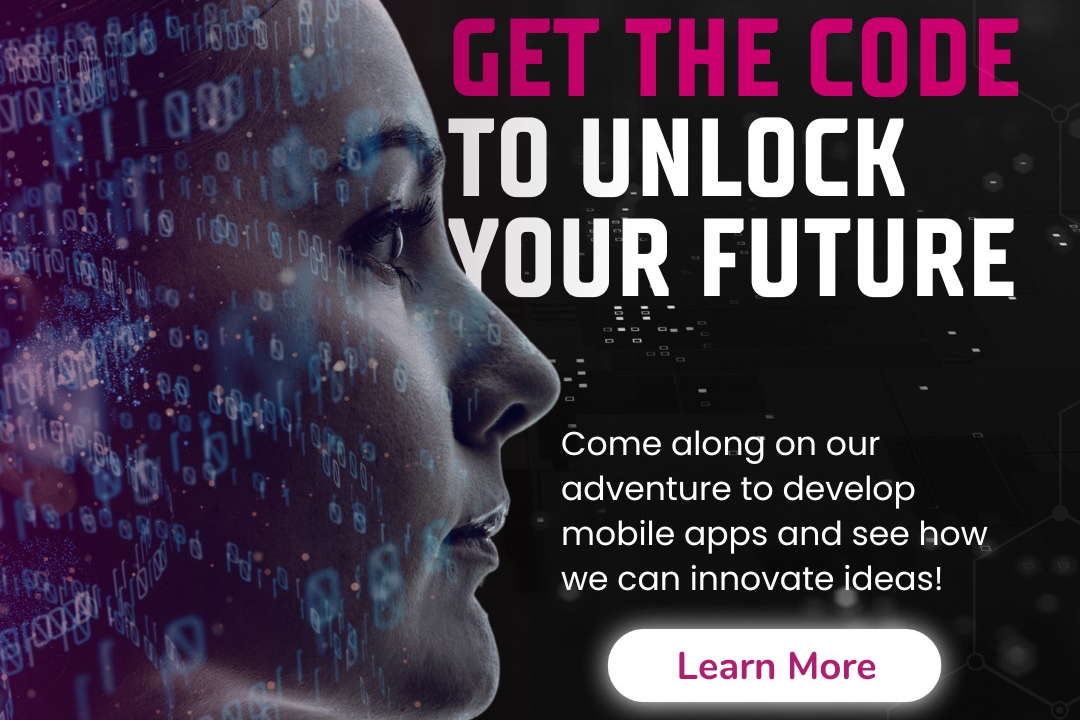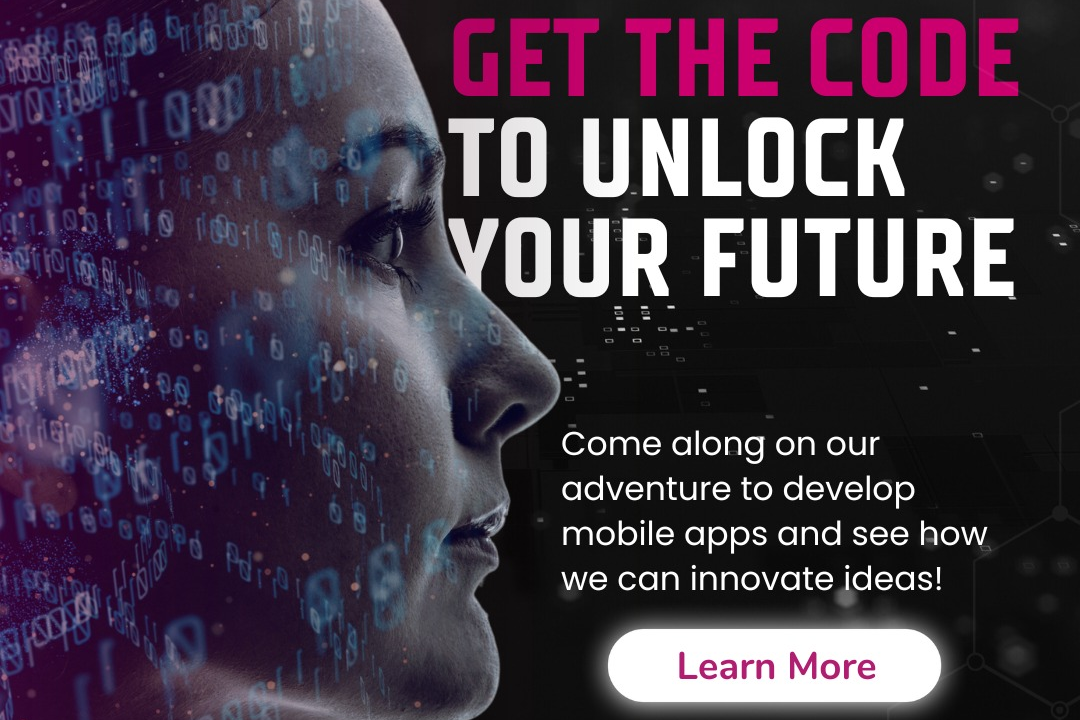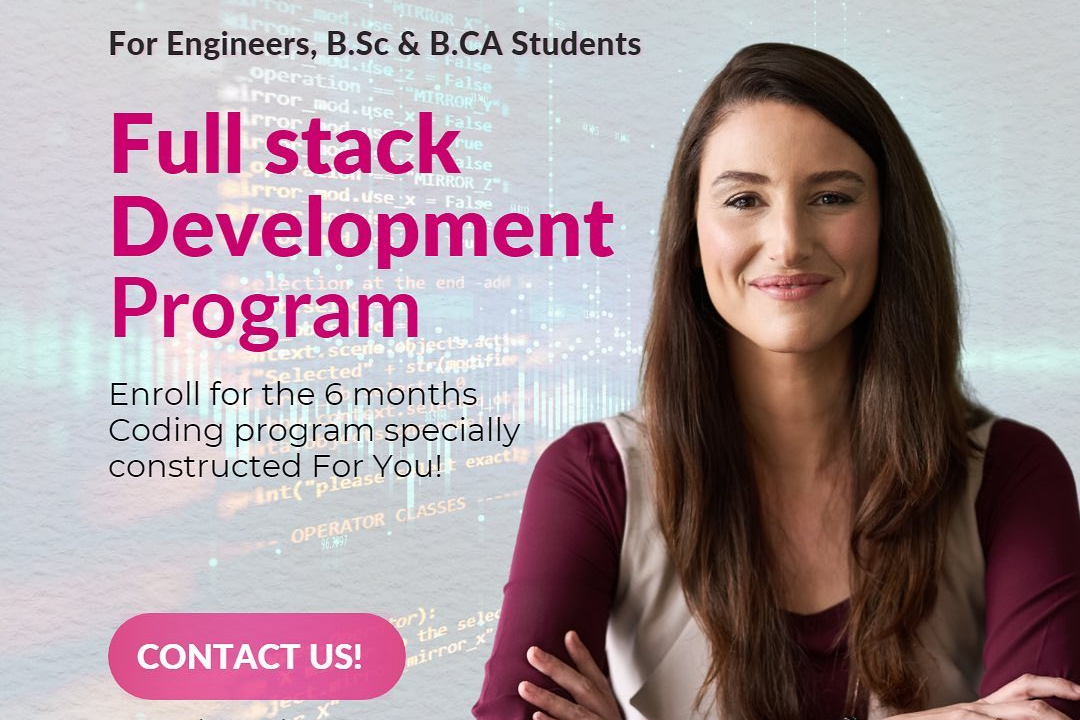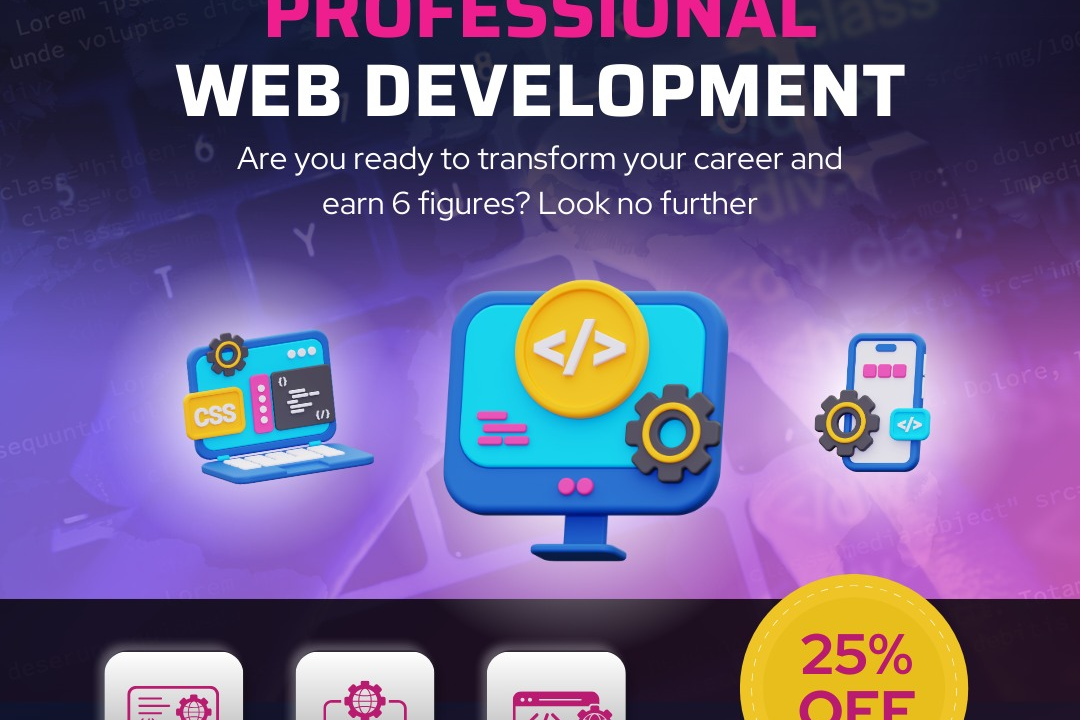Coding Interview Questions In React Js
In-Demand React JS Coding Interview Questions
Coding Interview Questions In React Js
Coding interview questions in React JS assess candidates' proficiency in building and manipulating user interfaces using the JavaScript library. They evaluate their understanding of React's core concepts, such as state management, component lifecycle, and data flow, ensuring they can effectively design and implement interactive and responsive web applications.
To Download Our Brochure: https://www.justacademy.co/download-brochure-for-free
Message us for more information: +91 9987184296
1 - Explain the concept of React Hooks:
Hooks allow you to use React features without writing class components, by providing access to state, lifecycle methods, and other features directly within functional components.
2) Describe the use of Context API in React:
Context API provides a way to pass data between deeply nested components without the need for explicit prop drilling. It allows you to create a global store of shared data that can be accessed from any component.
3) Explain the difference between state and props in React:
State is mutable and local to the component, while props are immutable and come from the parent component. State can be updated within the component using the `setState` method, while props cannot be modified directly.
4) Describe the component lifecycle in React:
The component lifecycle includes the following stages: mounting (when the component is first rendered), updating (when the component updates its state or props), and unmounting (when the component is removed from the DOM).
5) Explain how to use React Router for navigation:
React Router allows you to create routes and navigate between different components in your application. It provides the `useNavigate` and `useRoutes` hooks to handle navigation and route matching.
6) Describe the use of Redux for state management in React:
Redux is a state management library that provides a central store for your application's state. It allows you to update and access state from any component in your application while maintaining a single source of truth.
7) Explain the concept of higher order components (HOCs) in React:
HOCs are a pattern that allows you to wrap an existing component and add additional functionality or alter its behavior without modifying the original component.
8) Describe the use of the `useEffect` hook:
The `useEffect` hook allows you to perform side effects such as fetching data, setting up event listeners, or updating the DOM in response to changes in state or props.
9) Explain how to handle asynchronous operations in React:
React provides the `async/await` syntax for handling asynchronous operations. You can use `async` functions to perform asynchronous tasks and `await` them to wait for completion.
10) Describe the use of the `useRef` hook:
The `useRef` hook returns a mutable ref object whose `.current` property allows you to store a reference to a DOM element or any other object. Refs can be useful for persisting values across re renders or accessing the DOM directly.
11 - Explain the concept of reconciliation in React:
Reconciliation is the process by which React compares the current state of the virtual DOM with the previous state and updates the DOM accordingly. It optimizes the update process by only updating the necessary parts of the DOM.
12) Describe the use of Jest for testing React applications:
Jest is a testing framework for React that provides a suite of tools for writing unit tests, integration tests, and snapshot tests. It allows you to test the behavior of your React components and ensure they are working as expected.
13) Explain the concept of functional programming in React:
Functional programming involves using pure functions and immutable data to write code that is more predictable and easier to debug. React encourages the use of functional programming techniques such as mapping, filtering, and reducing arrays to manipulate data and maintain state.
14) Describe the use of TypeScript with React:
TypeScript is a superset of JavaScript that adds static typing to your code. Using TypeScript with React can help improve the reliability and maintainability of your application by preventing type errors and providing autocompletion.
15) Explain the concept of error boundaries in React:
Error boundaries are components that can catch JavaScript errors and display a fallback UI to handle unexpected errors. They allow you to prevent unhandled errors from crashing the entire application and provide a better user experience.
- Answer questions quickly and accurately. The faster you answer questions, the more points you will earn. Accuracy is also important, as incorrect answers will result in a loss of points.
- Participate in polls and surveys.* Polls and surveys are a great way to earn extra points. They are usually quick and easy to complete, and they can be found in the “Earn” section of the app.
- Refer friends to Swagbucks.* When you refer friends to Swagbucks, you will earn a bonus of 300 points for each friend who signs up and earns at least 300 points within their first 30 days.
- Use Swagbucks to shop online.* You can earn points by shopping online through Swagbucks. Simply visit the “Shop” section of the app and click on the store you want to shop at. You will then earn points for every dollar you spend.
- Take advantage of special offers.* Swagbucks often offers special promotions and bonuses. These can be found in the “Earn” section of the app. By taking advantage of these offers, you can earn even more points.
- Course Overview
- Master the essential ReactJS concepts and coding interview questions through hands-on practice and expert guidance.
- Course Description
- Master the essential coding interview questions in React JS with this comprehensive course designed to empower you with the knowledge and skills needed to excel in technical interviews.
- Key Features
- 1 - Comprehensive Tool Coverage: Provides hands-on training with a range of industry-standard testing tools, including Selenium, JIRA, LoadRunner, and TestRail.
- 2) Practical Exercises: Features real-world exercises and case studies to apply tools in various testing scenarios.
- 3) Interactive Learning: Includes interactive sessions with industry experts for personalized feedback and guidance.
- 4) Detailed Tutorials: Offers extensive tutorials and documentation on tool functionalities and best practices.
- 5) Advanced Techniques: Covers both fundamental and advanced techniques for using testing tools effectively.
- 6) Data Visualization: Integrates tools for visualizing test metrics and results, enhancing data interpretation and decision-making.
- 7) Tool Integration: Teaches how to integrate testing tools into the software development lifecycle for streamlined workflows.
- 8) Project-Based Learning: Focuses on project-based learning to build practical skills and create a portfolio of completed tasks.
- 9) Career Support: Provides resources and support for applying learned skills to real-world job scenarios, including resume building and interview preparation.
- 10) Up-to-Date Content: Ensures that course materials reflect the latest industry standards and tool updates.
Benefits of taking our course
Functional Tools
1 - React JS
React JS is a widely used JavaScript library for building user interfaces. It enables the creation of declarative, reusable, and responsive web applications.
The course utilizes React JS to provide participants with hands on experience in solving complex coding interview questions, enhancing their problem solving skills and understanding of React's core concepts.
2) Node.js
Node.js is a JavaScript runtime environment that allows for the execution of JavaScript code outside of a browser.
In this course, Node.js is employed to simulate a real world application environment, exposing participants to common scenarios encountered during coding interviews.
3) Jest
Jest is a popular testing framework for JavaScript applications, including React apps.
The course incorporates Jest to demonstrate the importance of unit testing and provide guidance on writing effective test cases, a crucial skill for coding interviews.
4) Webpack
Webpack is a module bundler that compiles JavaScript code and its dependencies into a single file, optimizing performance.
Through the use of Webpack, participants learn industry standard best practices for organizing and managing their React projects, making them more efficient and competitive in coding interviews.
5) Git
Git is a version control system used for tracking changes and collaborating on software projects.
The course introduces Git, equipping participants with essential skills for working on real world projects, collaborating effectively, and showcasing their knowledge during coding interviews.
Offering Training Program to Students:
Target Audience Identification: The target audience should be students with a strong foundation in JavaScript and a desire to enhance their React JS and coding interview skills.
Course Duration and Flexibility: The duration of the training program should be tailored to the students' schedules, and multiple course options can be offered, such as full time, part time, or weekend classes.
Experienced Instructors: The training program should be delivered by experienced industry professionals or academic experts who possess a deep understanding of React JS and coding interview strategies.
Comprehensive Curriculum: The curriculum should cover a wide range of coding interview topics, focusing on the most common questions and challenges faced by candidates.
Interactive Learning Environment: Hands on exercises, live coding sessions, and group discussions should be incorporated to create an engaging and interactive learning experience.
Individualized Support: Participants should have access to individualized support and guidance from the instructors to address their specific needs and ensure their success.
Career Guidance and Preparation: The training program should include career guidance and interview preparation, providing students with the tools and techniques necessary to succeed in the job market.
Get More Points on [task or goal]
- Set clear and attainable goals. What do you want to achieve? Break your goals down into smaller, more manageable steps. This will make them seem less daunting and more achievable.
- 2. Stay focused. It's easy to get distracted when you're working towards a goal. But it's important to stay focused and avoid letting distractions derail you.
- 3. Take action. The best way to achieve your goals is to take action. Don't just sit around and wait for things to happen. Get up and make things happen.
- 4. Be persistent. Things don't always go according to plan. But it's important to be persistent and never give up on your goals. If you keep at it, you will eventually achieve them.
- 5. Celebrate your successes. When you reach a goal, take some time to celebrate your success. This will help you stay motivated and keep moving forward.
Browse our course links : https://www.justacademy.co/all-courses
To Join our FREE DEMO Session: Click Here
This information is sourced from JustAcademy
Contact Info:
Roshan Chaturvedi
Message us on Whatsapp: +91 9987184296
Email id: info@justacademy.co
React Native Interview Questions And Answers For Experienced
Node React Js Interview Questions
React Js Basic Interview Questions
Interview Questions With Answers On React Native For Fresher
react js and redux Advanced Interview Questions

